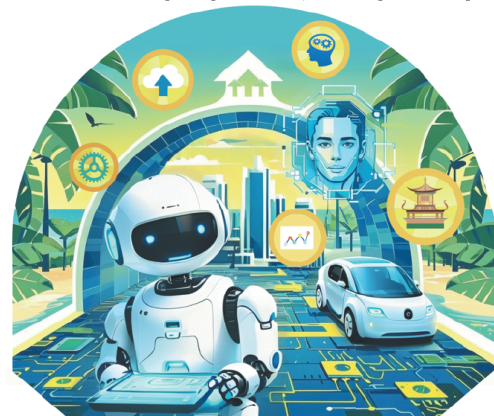Biological and environmental degradation of two-dimensional materials
Two-dimensional (2D) materials, such as graphene, transition metal dichalcogenides (TMDs), and MXenes, have garnered significant attention due to their remarkable mechanical, electronic, and thermal properties. However, their application potential in diverse fields, including electronics, energy, and biomedicine, is closely linked to their stability under biological and environmental conditions. Understanding the degradation behavior of 2D materials is critical to ensuring their reliable and sustainable use.
Biological Degradation: When exposed to biological environments, 2D materials interact with biomolecules, enzymes, and cells, leading to structural and chemical changes. For example, graphene oxide and TMDs may undergo oxidation or enzymatic degradation when exposed to reactive oxygen species (ROS) or specific enzymes like myeloperoxidase. These interactions can alter their morphology, electrical conductivity, and surface chemistry, potentially limiting their long-term biocompatibility. However, controlled degradation also presents opportunities, such as using 2D materials for drug delivery and tissue engineering, where biodegradability is desirable.
Environmental Degradation: In ambient conditions, 2D materials are susceptible to environmental factors like humidity, temperature, UV radiation, and oxygen. Graphene and its derivatives may degrade through oxidation, especially under high humidity or exposure to light, reducing their electrical and mechanical performance. Similarly, TMDs can suffer from sulfur loss or oxidation, impairing their stability.
Mitigation strategies, such as functionalization, encapsulation, and protective coatings, can enhance the durability of 2D materials. Understanding the mechanisms of degradation also helps tailor materials for specific applications, balancing their performance and environmental footprint. Future research should focus on developing eco-friendly, resilient 2D materials that can withstand biological and environmental challenges while maintaining their unique properties.
#2DMaterials#MaterialDegradation#EnvironmentalImpact#BiologicalDegradation#SustainabilityInScience#Nanotechnology#EcoFriendlyMaterials
International Young Scientist Awards
Website link: youngscientistawards.com
Nomination Link: https://youngscientistawards.com/award-nomination/?ecategory=Awards&rcategory=Awardee
Contact Us: support@youngscientistawards.com
_________________________________________________________________________________________________________
Social Media:
Twitter : https://twitter.com/youngsc06963908
Linkedin- : https://www.linkedin.com/in/shravya-r...
Pinterest : https://in.pinterest.com/youngscienti...
Blog : https://youngscientistaward.blogspot....
Tumblr : https://www.tumblr.com/blog/shravya9v



